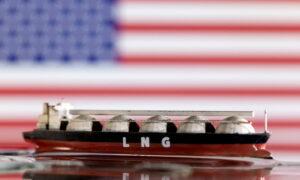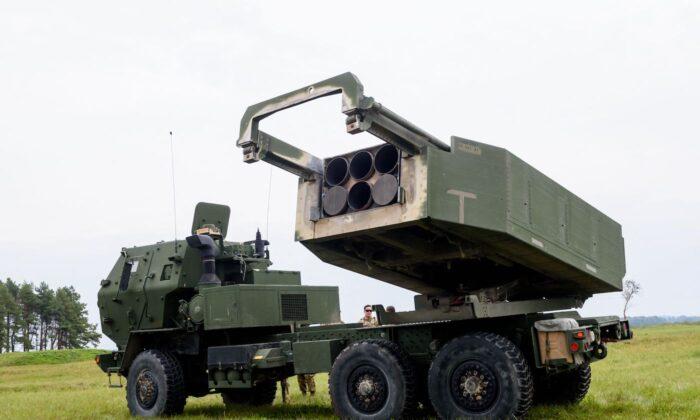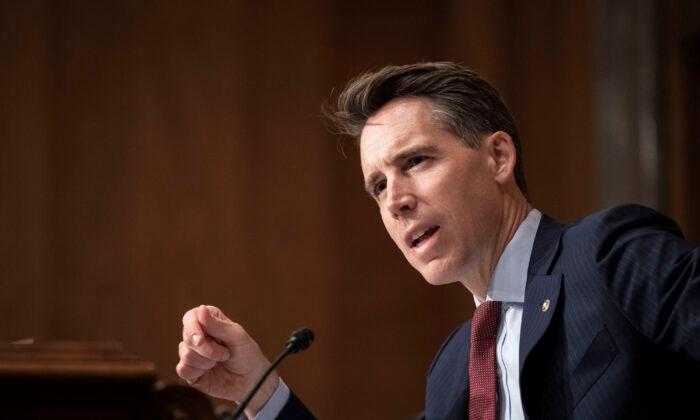Russian gas will stop flowing to Europe through Ukraine on Jan. 1, 2025, after Kyiv’s state-owned Naftogaz gas company elected not to renew a recurring contract to act as a transit point for Moscow’s energy exports.
For more than 40 years, Ukraine has served as a pipeline for Russian energy exports, through a partnership with the Russian state-owned Gazprom energy corporation.
The ongoing Russia–Ukraine war has upended the deal.
The Gazprom representative said the overall volume had fallen from 42.4 million cubic meters on Dec. 30 to 37.2 million cubic meters on the final day of operations.
Russian fuel exports had dropped even before the collapse of the Gazprom–Naftogaz partnership.
Since the start of the Russia–Ukraine war in 2022, European nations have gradually weaned themselves off the Russian gas supply, hoping to deny Moscow a critical source of income for its war effort.
At its peak, Russia provided about 35 percent of Europe’s annual gas supply.
In 2018 and 2019, Gazprom supplied about 180 billion cubic meters (bcm) of gas to the continent through its various lines. The volume fell to about 63.8 bcm in 2022 and 28.3 bcm in 2023.
Ukraine handled about 15 bcm of gas from Gazprom in 2023, providing the main channel for Russia’s gas exports to Europe.
Russia has lost other gas connections with Europe since the start of the war.
Finding New Energy Supplies
In a Dec. 26 press conference, Russian President Vladimir Putin suggested that the Ukrainian decision to cease its gas partnership with Russia would hurt the rest of Europe economically.“They are eating from Europe’s hand because Ukraine cannot continue to fight—let alone exist without Europe’s support. But they have decided to punish Europe by terminating the contract on transit of our gas to Europe, where the situation is becoming difficult with gas prices running at about $500 per 1,000 cubic meters,” he said.
The Russian president suggested the Gazprom–Naftogaz partnership had been workable despite the war and could have continued, but time had run out to save the partnership before the latest contract lapsed.
“I can tell you that there is no transit contract, and it is impossible to sign a new one within three or four days. Meanwhile, prices will continue to grow. We have not provoked this; it is their policy,” he said.
Putin said either of Russia’s lines through Ukraine or Poland could return to operation.
Gazprom’s Turkstream line through Turkey represents another possible channel for Russian gas to flow to Europe.
The Russian gas line through Ukraine has served Slovakia, Austria, and Moldova.
Gazprom halted flows to Austria earlier in November, following contractual disputes. It has also halted flows to Moldova, citing Slovakia’s main gas service provider SPP, which has expanded contracts with other non-Russian suppliers.
Slovakia could also boost gas transfers through neighboring Hungary, Poland, and the Czech Republic.
Moldovan Prime Minister Dorin Recean has condemned the shut-off of gas flows through Gazprom but said his country has diversified its energy supply.







